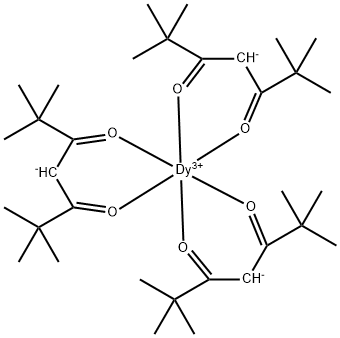PRODUCT Properties
| Melting point: | -188 °C(lit.) |
| Boiling point: | -42.1 °C(lit.) |
| Density | 0.564 g/mL at 20 °C(lit.) |
| vapor density | 1.5 (vs air) |
| vapor pressure | 190 psi ( 37.7 °C) |
| refractive index | 1.2861 |
| Flash point: | -104 °C |
| storage temp. | -20°C |
| pka | ≈ 44 (Gordon and Ford, 1972) |
| form | liquid |
| Flame Color | Blue(complete combustion); Yellow or orange(incomplete combustion) |
| biological source | rabbit |
| explosive limit | 9.5% |
| Odor Threshold | 1500ppm |
| Water Solubility | 62.61mg/L(25 ºC) |
| Merck | 13,7891 |
| BRN | 1730718 |
| Henry's Law Constant | 0.706 at 25 °C (Hine and Mookerjee, 1975) |
| Exposure limits | TLV-TWA 1000 ppm (OSHA). |
| Dielectric constant | 1.6(Ambient) |
| Stability: | Stable. Incompatible with strong oxidizing agents. Highly flammable. May form explosive mixtures with air. |
| LogP | 2.360 |
| Surface tension | 7.7mN/m at 293.15K |
| CAS DataBase Reference | 74-98-6(CAS DataBase Reference) |
| EPA Substance Registry System | Propane (74-98-6) |
Description and Uses
Propane is colourless and odourless, with a mercaptan odour. Like all fossil fuels, propane is a non-renewable energy source. Propane is a gas derived from natural gas and petroleum. It is found mixed with natural gas and petroleum deposits. Propane is called a ‘fossil fuel’ because it was formed millions of years ago from the remains of tiny sea animals and plants. Propane is a clean-burning, versatile fuel. It is used by nearly everyone, in homes, on farms, by business, and in industry mostly for producing heat and operating equipment. Propane is one of the many fossil fuels included in the liquefied petroleum gas (LPG) family. Because propane is the type of LPG most commonly used in the United States, propane and LPG are often used synonymously. Butane is another LPG often used in lighters.
Propane’s greatest use is not as a fuel but in the petrochemical industry as a feedstock. Asan alkane, it undergoes typical alkane reactions of combustion, halogenation, pyrolysis, andoxidation.
Safety
| Symbol(GHS) |  GHS07 |
| Signal word | Warning |
| Hazard statements | H317-H412 |
| Precautionary statements | P261-P272-P273-P280-P302+P352-P333+P313 |
| Hazard Codes | F+ |
| Risk Statements | 12 |
| Safety Statements | 9-16 |
| RIDADR | UN 1978 2.1 |
| OEB | A |
| OEL | TWA: 1000 ppm (1800 mg/m3) |
| WGK Germany | - |
| RTECS | TX2275000 |
| F | 4.5-31 |
| Autoignition Temperature | 842 °F |
| DOT Classification | 2.1 (Flammable gas) |
| HazardClass | 2.1 |
| Hazardous Substances Data | 74-98-6(Hazardous Substances Data) |
| IDLA | 2,100 ppm [10% LEL] |





